Kenguroo
Food delivery app with 200+ partner restaurants and 70K+ downloads on AppStore (iOS) and Google Play (Android)
My role
As Co-founder, CEO, and Head of Product at Kenguroo, I led our cross-functional team to launch the first in-country food delivery app, driving it from conception to break-even within 12 months. Building a three-sided marketplace was a challenging experience, as it involved addressing the interests of multiple stakeholders throughout the development process. I oversaw research, defined product strategy, and aligned the roadmap for the development of four products: an app for customers, an app for drivers, an app for partners, and an administration panel.
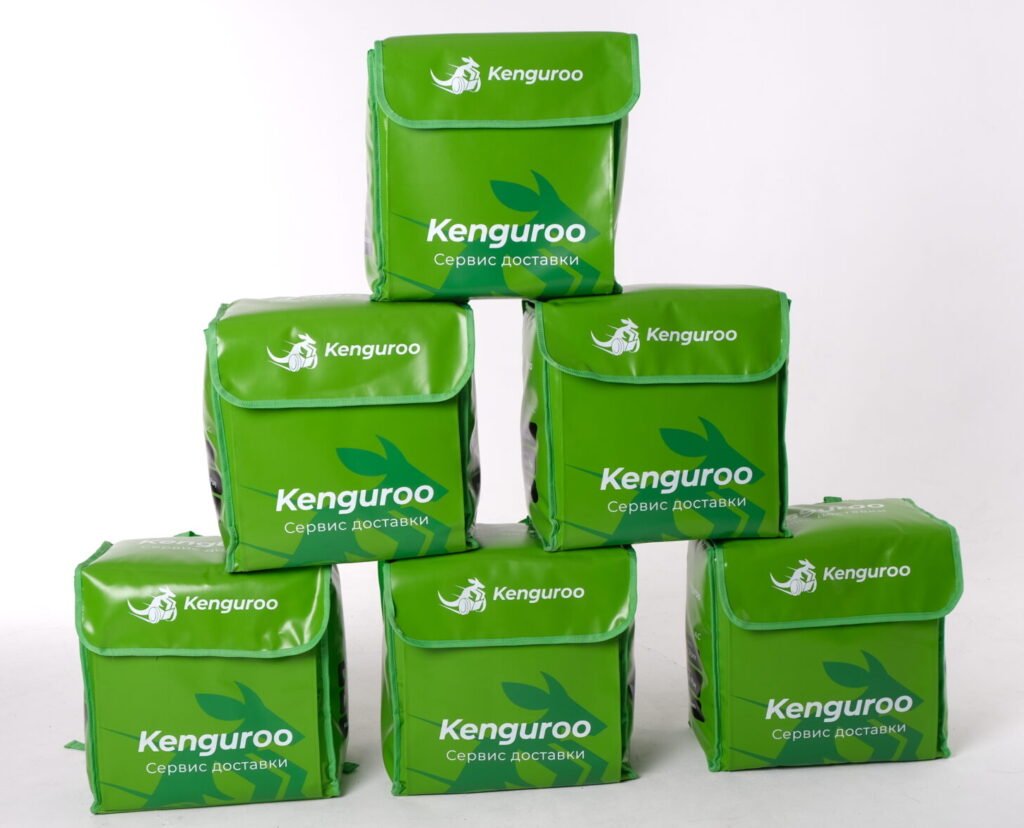
Introduction
The idea for Kenguroo, a food delivery startup, stemmed from the lack of good delivery services on the market, especially after the COVID-19 pandemic. As the co-founder, CEO, and Head of Product, I led the team in launching the first in-country food delivery app, which achieved break-even within 12 months by executing a strategic launch and managing various aspects of the business.
Small Team, Tight Budget, Big Impact:
Despite having a small team and a tight budget, the Kenguroo project had a significant impact. The core team consisted of myself as the Head of Product, a designer, a full-stack mobile app engineer, and a back-end engineer. In this role, I defined the product strategy, conducted market research, aligned the roadmap, managed the project, and documented the process.
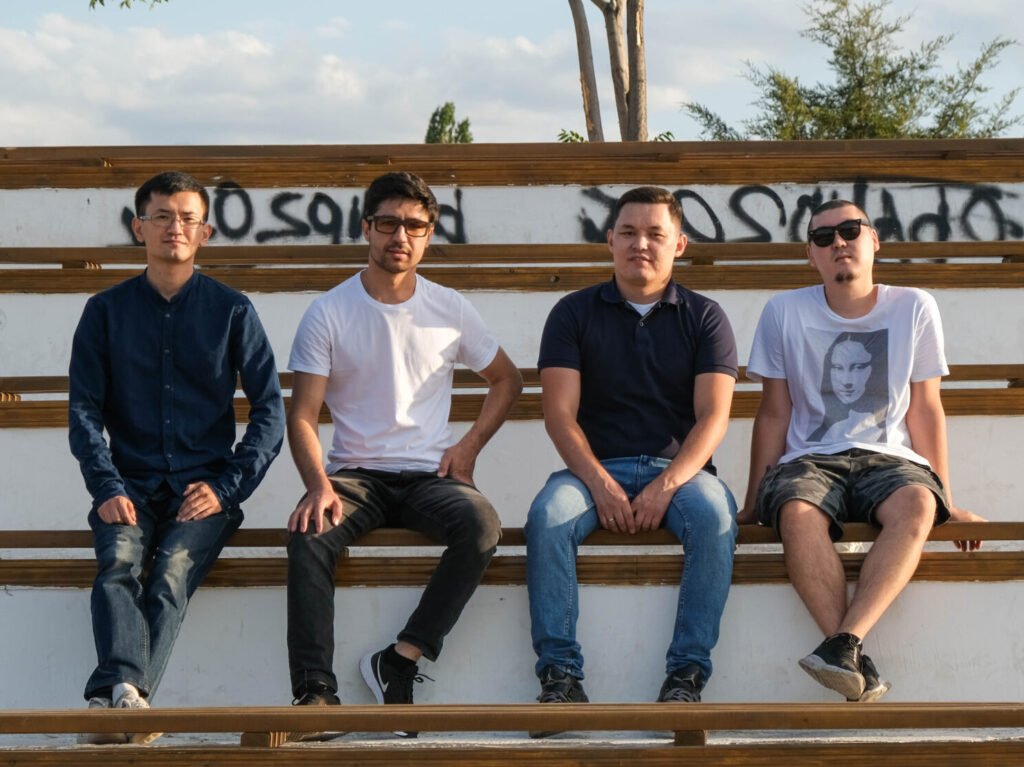
Customer App:
The customer-facing app was the heart of the Kenguroo platform. It featured a home feed that led to restaurant pages, where users could order. The search page allowed customers to browse based on cuisine, and the basket and profile sections provided a seamless ordering experience. By implementing data-driven decision-making processes, including A/B testing and user feedback analysis, we were able to continually optimize the product features, leading to a continuous improvement in customer satisfaction scores.
The iOS app was built in Swift, and the Android app in Kotlin, with the backend system developed in GoLang. System operations and integrations with external platforms were managed through APIs and SDKs, ensuring robust performance and scalability.
Used OKR Examples
Objective: Increase user retention and engagement.
Key Result 1: Achieve a 20% increase in monthly active users (MAU).
Key Result 2: Increase the average order frequency per user by 15% in the next quarter.
Key Result 3: Improve customer satisfaction score by 10% through feature enhancements and UX improvements.
Objective: Increase digital payment adoption among customers.
Key Result 1: Increase the percentage of orders paid through digital wallets and payment systems to 30% within the next 6 months.
Key Result 2: Reduce the cash-on-delivery (COD) orders by 10% in the next quarter.
Metrics
North Star Metric:
Repeat Purchase Rate: The percentage of users who place multiple orders within a specified period.
Additional Metrics:
Customer Lifetime Value (CLTV)
Average Order Value (AOV)
Order Completion Rate
Time to Place Order
User Churn Rate
Conversion Rate from Browsing to Purchase
Key Features Implemented:
Registration through SMS Confirmation: Integrated an API for SMS-based registration to ensure that only verified users can place orders. This was crucial for reducing fraudulent activities and ensuring reliable customer data.
Digital Payment Systems: Implemented various mobile wallets and payment systems to encourage digital payments, addressing the challenge of cash-dominant transactions.
Real-Time Order Tracking: Provided users with real-time updates on their order status, enhancing transparency and reducing uncertainty.
Promo Offers for Loyal Customers: Developed and launched a loyalty program with exclusive promo offers for returning customers, driving repeat purchases and increasing customer retention.
Personalized Restaurant Feed: Implemented a personalized feed based on user preferences, past orders, and browsing behavior, making it easier for customers to discover relevant restaurants and dishes.
Search Based on Restaurant, Cuisine, or Dish: Enhanced the search functionality to allow customers to find exactly what they’re looking for, whether it’s a specific restaurant, a particular cuisine, or a specific dish.
etc.
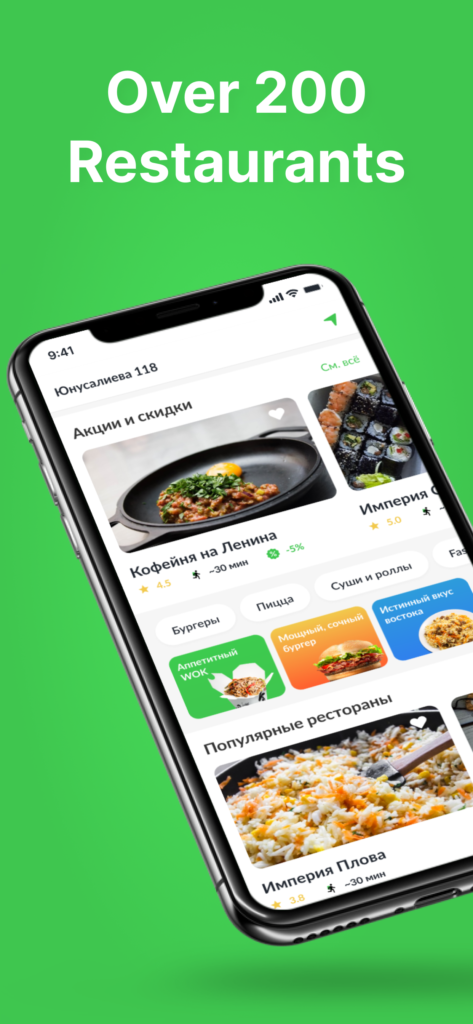
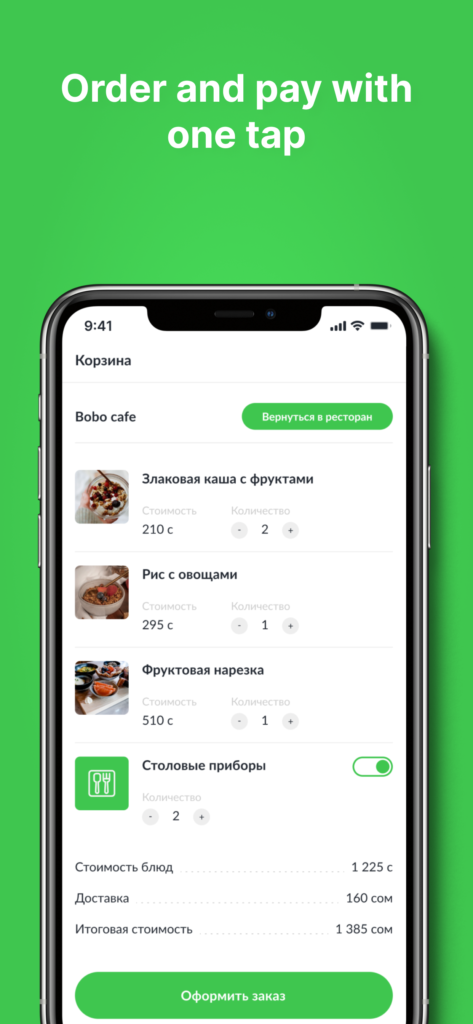
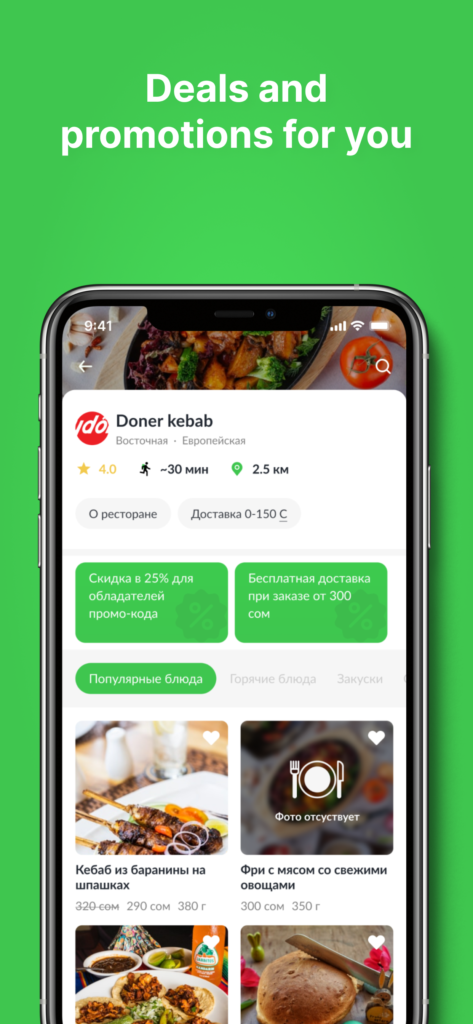
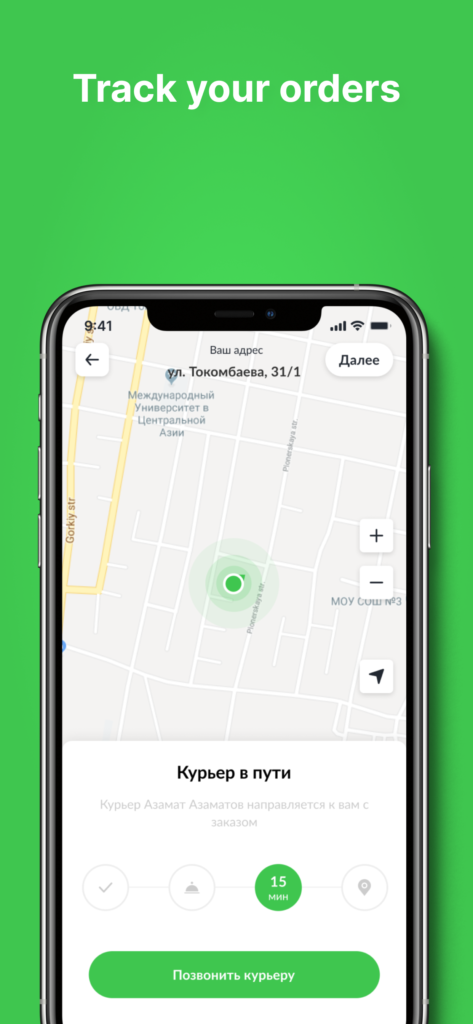
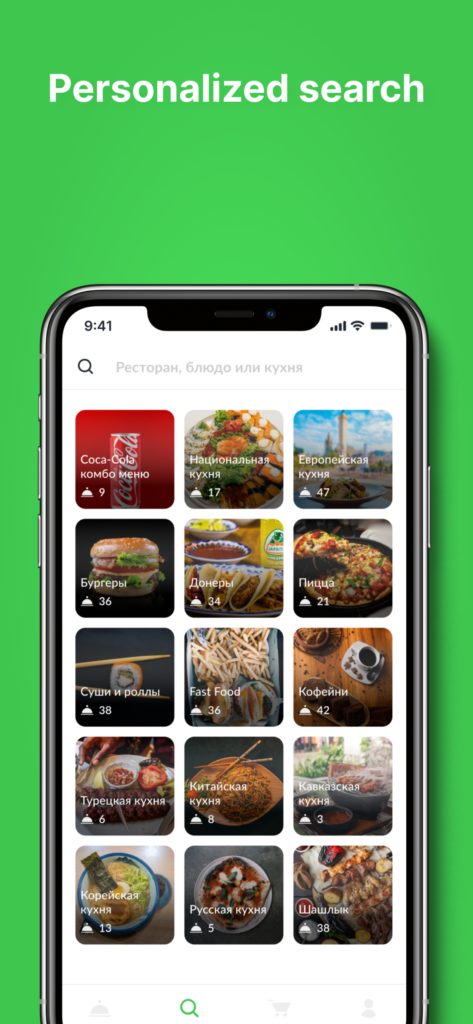
Driver App:
Kenguroo had four types of delivery personnel: walkers, bicyclists, moped riders, and car drivers. Each type of delivery person was assigned a specific radius, with the goal of delivering orders within 30-40 minutes. The driver app consisted of several tabs, including starting the shift (which also included a selfie check to ensure the registered driver was the one working), accepting orders, following the route to the restaurant and then to the customer, and accessing financial information related to commissions and payments.
Given the need for greater control over driver operations and the fact that most drivers used Android devices, we prioritized the development of the app exclusively for the Android platform. This strategic focus allowed us to better manage the logistics and enhance the efficiency of the delivery process.
Used OKR Examples
Objective: Improve delivery efficiency and reduce delivery times.
Key Result 1: Decrease average delivery time by 15% within the next 6 months.
Key Result 2: Increase the percentage of on-time deliveries to 95%.
Key Result 3: Achieve a 20% reduction in driver downtime between deliveries.
Metrics
North Star Metric:
On-Time Delivery Rate: The percentage of orders delivered within the promised time frame.
Additional Metrics:
Average Delivery Time
Order Acceptance Rate
Driver Earnings
Delivery Success Rate
Driver Retention Rate
Customer Feedback on Delivery
Key Features Implemented:
Type of Transportation: The app supported different types of delivery personnel, including walkers, bicyclists, moped riders, and car drivers. Each type of transportation was assigned a specific delivery radius to ensure timely deliveries.
Shift Turn-On Identity Check: A selfie-based identity check was implemented at the start of each shift to ensure that the registered driver was the one working, enhancing security and accountability.
Financial Calculations: The app provided drivers with real-time access to their earnings, including detailed breakdowns of commissions, bonuses, and payments, helping them track their income and manage finances efficiently.
Multi-Order Deliveries: Enabled drivers to accept and manage multiple orders simultaneously, optimizing delivery routes and improving overall efficiency by reducing downtime between deliveries.
etc.

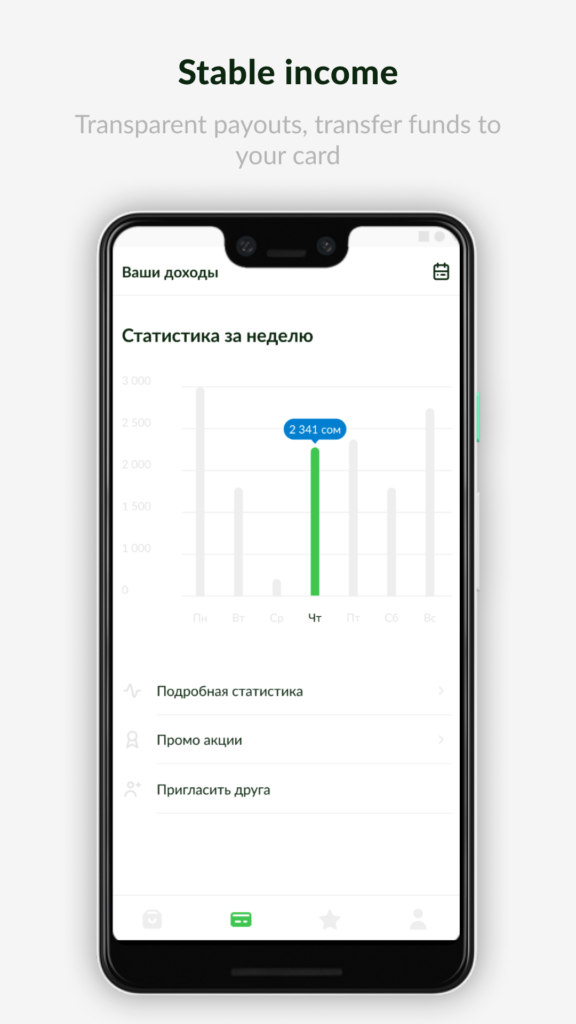
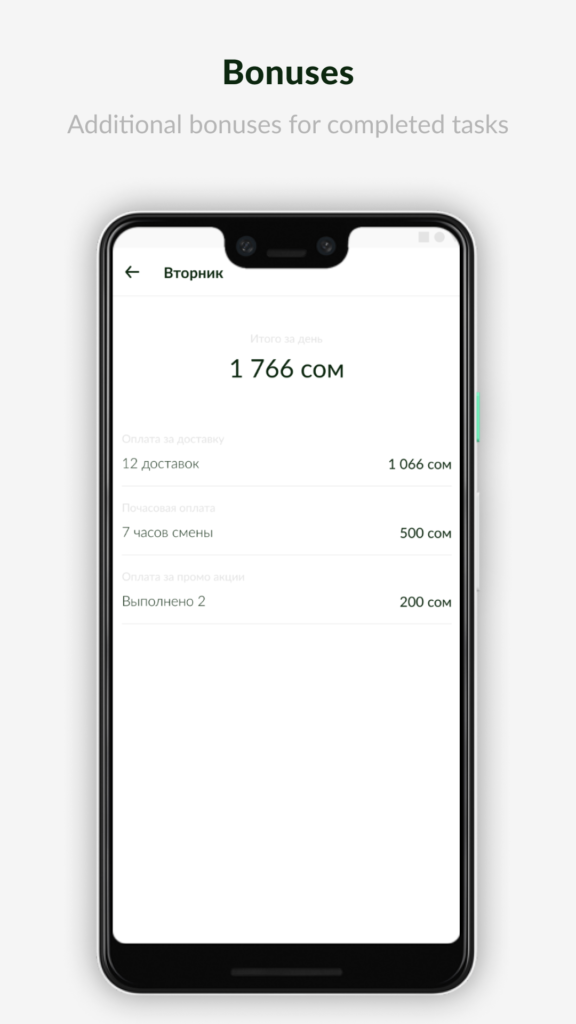
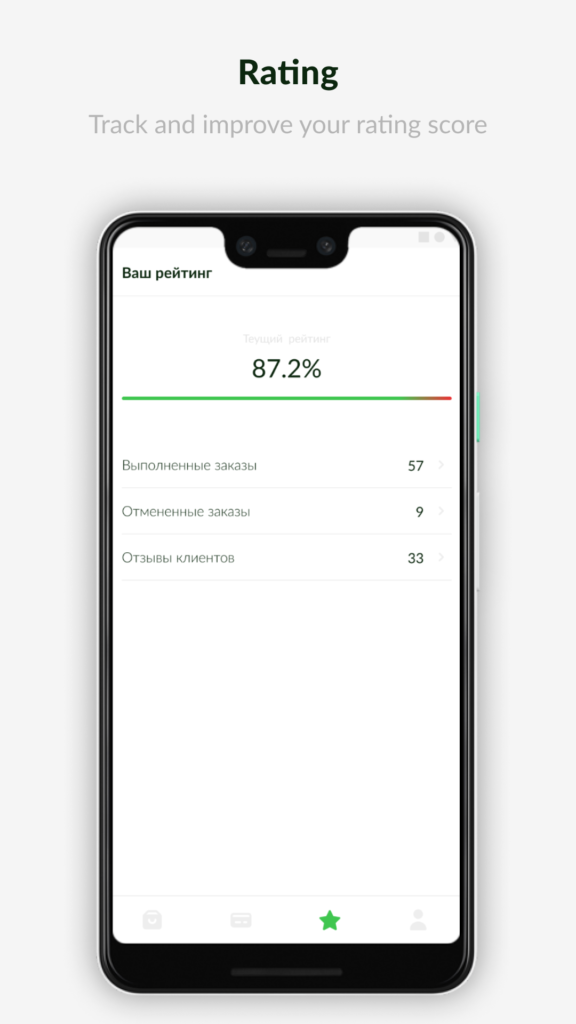
Partner App:
The partner app was primarily designed for restaurants to accept orders and track their financials. This app was crucial in ensuring a smooth and efficient delivery process, as it allowed restaurants to manage their orders and monitor their performance.
To accommodate the diverse range of devices used by partners, including phones and tablets on various operating systems, we developed the app using Flutter. This choice allowed us to create a multi-platform solution that provided consistent functionality across different OS environments, ensuring flexibility and ease of use without requiring OS-specific adjustments.
Used OKR Examples
Objective: Enhance partner (restaurant) engagement and operational efficiency
Key Result 1: Achieve a 95% order acceptance rate by restaurants within the next quarter
Key Result 2: Reduce time to accept the order to 1 min within 3 months across partner restaurants
Metrics
North Star Metric:
Order Acceptance Rate: The percentage of orders accepted by restaurants out of the total orders placed
Additional Metrics:
Order Preparation Time
Revenue per Partner
Partner Churn Rate
Response Time to Order
Customer Feedback on Food Quality
Financial Accuracy (tracking commissions and payments)
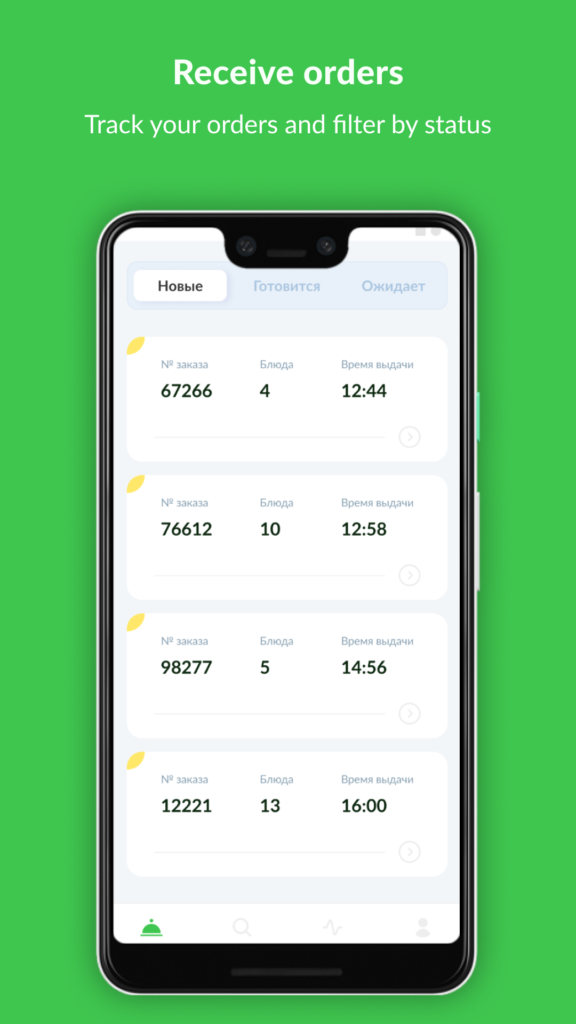
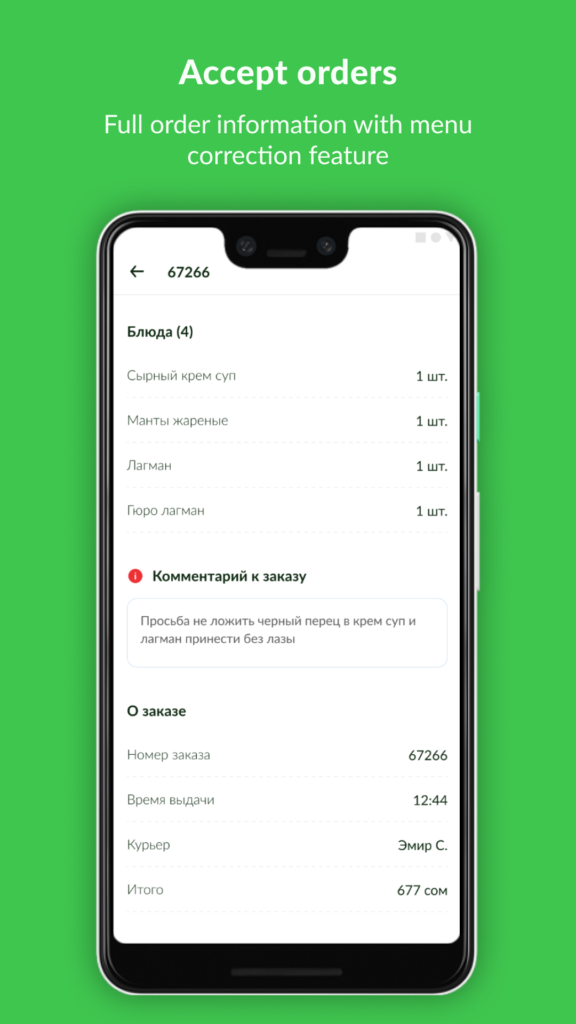


Interconnectivity and Admin Panel:
All the apps, including the customer, driver, and partner apps, were interconnected with the admin panel. The admin panel allowed for the management of various aspects of the business, such as setting delivery radius restrictions, tracking commission calculations, and overseeing the overall operations.
Used OKR Examples
Objective: Ensure seamless operations and scalability of the platform.
Key Result 1: Achieve 99.9% uptime of the platform with minimal operational disruptions.
Key Result 2: Implement automated reporting tools to reduce manual oversight by 50%.
Key Result 3: Reduce issue resolution time by 30% by optimizing the admin panel functionalities.
Metrics
North Star Metric:
Platform Uptime: The percentage of time the platform is fully operational without any major disruptions.
Additional Metrics:
Issue Resolution Time
System Response Time
Scalability Metrics (ability to handle increased load)
Operational Efficiency
Revenue Tracking and Reconciliation Accuracy
Landing page
All the apps, including the customer, driver, and partner apps, were interconnected with the admin panel. The admin panel allowed for the management of various aspects of the business, such as setting delivery radius restrictions, tracking commission calculations, and overseeing the overall operations.
Metrics Tracked Across All Apps:
User Acquisition Costs (UAC)
Customer Satisfaction (Net Promoter Score – NPS)
Churn Rates (Users, Drivers, Partners)
Average Response Times (across apps)
Operational Costs
Market Share Growth
Key Takeaways:
The Kenguroo project demonstrated the ability to launch a successful food delivery startup with a small team and a tight budget. By leveraging data-driven decision-making, optimizing the customer experience, and ensuring seamless integration between the various components of the platform, we were able to achieve significant growth, customer satisfaction, and financial stability within the first 12 months of operation.